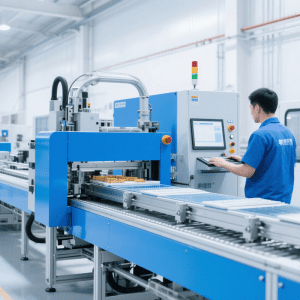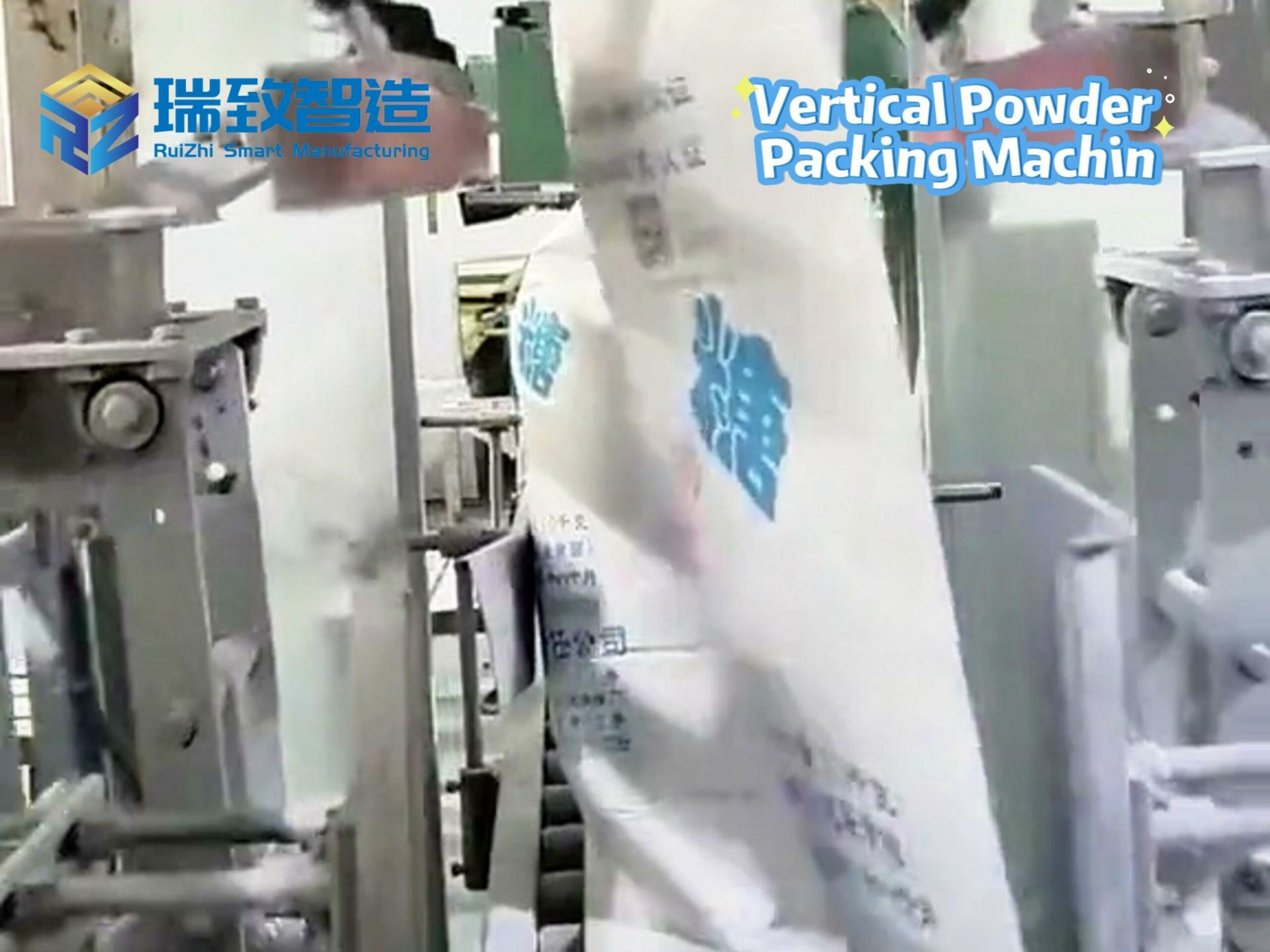A Deep Analysis of the Five Core Advantages of Non-standard Automation Equipment

In the dynamic and ever – evolving landscape of Industry 4.0 and the accelerating drive towards intelligent manufacturing, the paradigm of production equipment requirements has undergone a radical shift. Enterprises, in their pursuit of enhanced competitiveness and adaptability, are placing an ever – increasing premium on the flexibility and versatility of their production machinery. Traditional standardized equipment, while once the workhorse of mass production, now finds itself ill – equipped to handle the intricate demands of customized production runs and complex process architectures. As the manufacturing ecosystem becomes more fragmented, with an upsurge in multi – variety, small – batch production models, non – standard automation equipment has emerged as a beacon of hope. Rooted in a unique and customer – centric design philosophy, it is gradually but surely carving out a pivotal role in steering the manufacturing industry through its transformative journey towards greater efficiency, adaptability, and innovation.
Under the surging impact of Industry 4.0 and intelligent manufacturing, enterprises have an increasingly strong demand for the flexibility and adaptability of production equipment. Although traditional standardized equipment can address general production issues, it often fails to fully meet the actual needs when encountering customized production requirements or complex process scenarios. In such a situation, non – standard automation equipment, relying on its unique design concept, is quietly becoming an important force driving the transformation and upgrading of the manufacturing industry.
Deep Customization Feature: Meeting Individualized Production Requirements
For example,Automated Quality Inspection Equipment for Sanitary Ware Assembly, tShower Head Assembly Equipment, bathroom fixture assembly equipment, toilet assembly lines, etc. In the automotive category, there are Contactor Assembly Machines, Fuse Assembly Machines, etc. The key of non – standard automation equipment lies in its ability to “tailor the design to specific needs”. Different from standard equipment, it conducts in – depth research and development from the very beginning of the design process, closely focusing on the specific process requirements of customers, the unique characteristics of products, and the production environment…
The key of non – standard automation equipment lies in its ability to “tailor the design to specific needs”. Different from standard equipment, it conducts in – depth research and development from the very beginning of the design process, closely focusing on the specific process requirements of customers, the unique characteristics of products, and the production environment. For example, automotive parts manufacturing enterprises may need to adjust the equipment parameters in a targeted manner according to the welding processes of different vehicle models; while electronic assembly enterprises may require the equipment to have the function of precisely positioning miniature components. The non – standard solutions, with the help of modular design and programmable control systems, can flexibly adapt to the production mode of multi – variety and small – batch, and can even support the iteration and upgrading of processes in the later stage.
The customization feature has particularly prominent advantages in emerging industries or fields of high – value – added products. Taking the production of new energy batteries as an example, non – standard equipment can specifically design suitable tooling for special processes such as cell lamination and laser welding, thereby increasing the product’s yield rate by 15% – 20%.
Significant Efficiency Improvement: Shortening the Production Cycle and Delivery Time
The cycle from the procurement to the commissioning of standardized equipment generally takes 3 to 6 months. However, through the early collaborative development of requirements, non – standard automation equipment can shorten the delivery time by more than 30%. Take a certain home appliance enterprise as an example. The non – standard intelligent detection production line it introduced integrates machine vision technology and AI algorithms, transforming the originally manual sampling inspection process into fully automatic real – time monitoring. The efficiency of a single detection line has increased by 4 times, and it can operate continuously for 24 hours.
Non – standard equipment can break through the limitations of traditional equipment in terms of production capacity. For instance, in the food packaging industry, customized multi – axis robotic arms can simultaneously complete operations such as filling, sealing, and labeling, making the production capacity per unit time reach 1.8 times that of standard equipment. At the same time, it also reduces the floor space occupied by the equipment.
Effective Cost Optimization: Shifting from “Single Investment Consideration” to “Full Life Cycle Value Evaluation”
Although the initial investment in non – standard equipment may be higher than that in standard equipment, when considering the entire life cycle of the equipment, its cost is more advantageous. By precisely matching the actual production needs, enterprises can avoid resource waste caused by excessive equipment functions. Take a certain medical device manufacturer as an example. Its customized non – standard assembly equipment saves more than 500,000 yuan in consumable costs annually by optimizing the material transportation route.
The scalability of non – standard equipment greatly reduces the cost of later modifications. For example, in the semiconductor industry, enterprises can quickly access newly developed wafer cleaning modules through reserved interfaces without replacing the entire production line. The cost of modification is only one – third of that of purchasing new standard equipment.
Leading Advantage in Technological Iteration: Ensuring the Continuous Advancement of the Production Line
Against the backdrop of rapid technological updates, non – standard automation equipment can quickly integrate cutting – edge technologies. For example, integrating the Industrial Internet of Things (IIoT) into the equipment control system to achieve real – time data collection and remote operation and maintenance; or using AI algorithms to optimize equipment energy consumption and reduce the carbon emissions per unit of product. A certain chemical enterprise installed an intelligent temperature control module on its non – standard reactor, reducing energy consumption by 12% while improving the reaction efficiency.
This adaptability to technology is also reflected in the compatibility design. Through an open architecture, non – standard equipment can support the collaborative work of hardware from multiple brands. For example, seamlessly docking the ABB robotic arm with the Siemens PLC can prevent enterprises from being overly dependent on a single supplier.
Solving Process Difficulties: Achieving Innovative Application Scenarios Difficult to Realize with Traditional Equipment
The core value of non – standard automation equipment also lies in its ability to solve those seemingly “impossible tasks”. In the aerospace field, for the processing requirements of composite material special – shaped parts, non – standard five – axis linkage machine tools can achieve nanometer – level processing accuracy by customizing the tool path; in the biopharmaceutical industry, sterile filling equipment, with the help of a negative pressure environment design and multiple sealing systems, can control the risk of product contamination to less than one in ten thousand.
In conclusion, non – standard automation equipment is far from being a marginal or supplementary option in the manufacturing toolkit. It has evolved into an indispensable cornerstone, a linchpin that holds the key to unlocking a new era of manufacturing excellence. In a global marketplace where agility, innovation, and cost – effectiveness are the currencies of success, non – standard equipment offers a holistic solution that addresses the multifaceted challenges faced by modern enterprises. Whether it’s breathing new life into traditional manufacturing sectors through intelligent transformation or enabling the rapid prototyping and scale – up in burgeoning industries, its significance cannot be overstated. As technology continues to advance at breakneck speed and market demands become ever more diverse, non – standard automation equipment will not only maintain its relevance but will also play an increasingly central role in shaping the future of manufacturing. It is not just a tool for today’s challenges but an investment in tomorrow’s competitive edge, ensuring that enterprises can ride the waves of change and emerge stronger, more efficient, and more innovative in the long run.




















